case study

margaret etudo
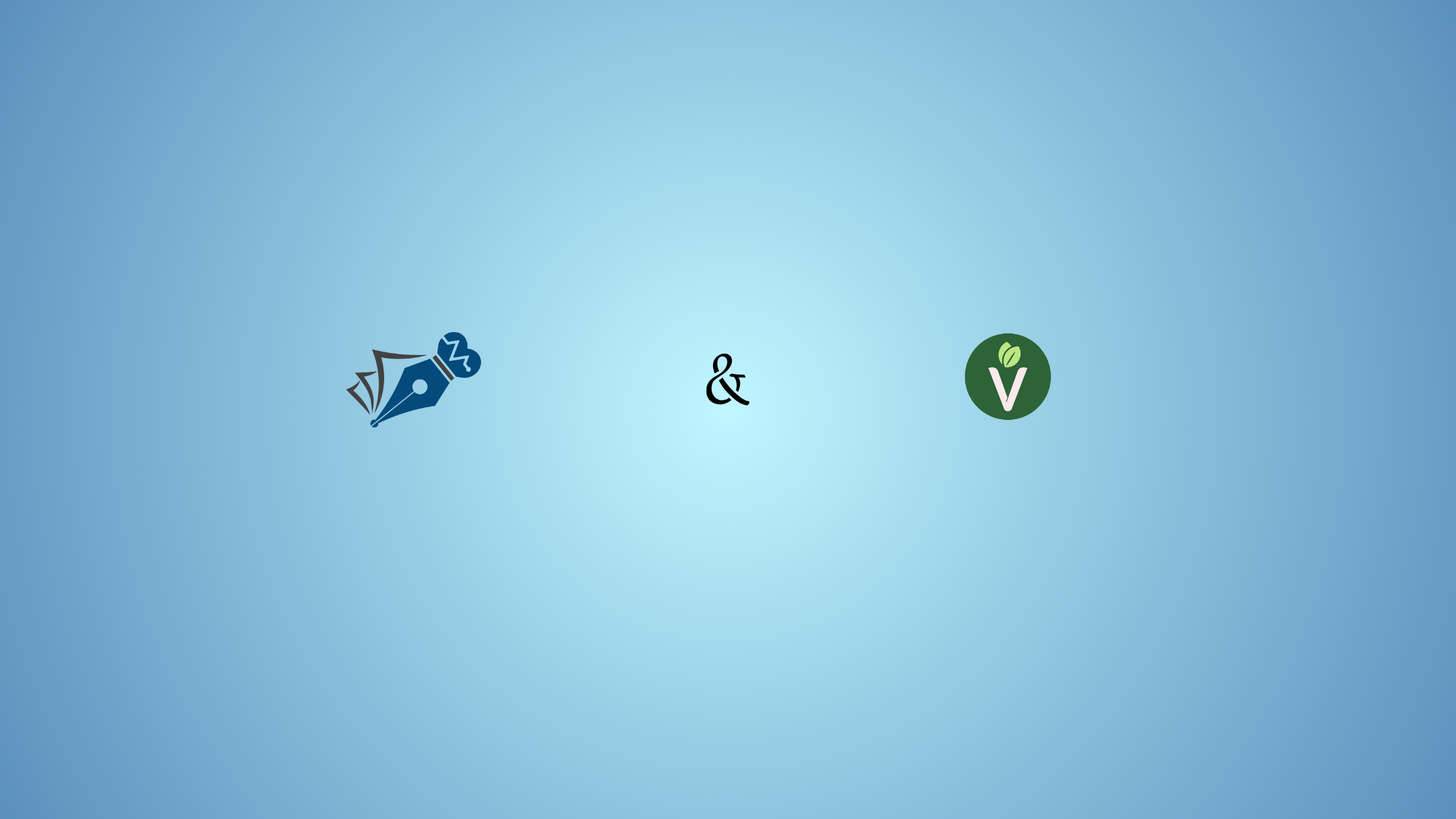
Vitamins For Woman is a health blog dedicated to helping women learn about all the aspects of vitamins, supplements, and nutritional advice.
To empower women to make informed decisions for their health, they simplify the complex world of women’s vitamins and supplements with clear, expert-reviewed information that puts their readers first.
Whatever a woman’s health goals are, their mission is to support, guide, and empower them to take charge of their well-being and overall health.
Objective
To grow Vitamins For Woman email list subscribers, getting more active people to join their email community using marketing strategies organically and with paid ads.
target audience
The general target audience is women who are interested in maintaining their health and wellness, specifically those looking for reliable information on vitamins, supplements, and nutrition.
the challenge
Since the objective was to build an email list of people who would engage with their emails, the challenge was to make sure every amount spent counted, and that we were reaching the right audience.
Generally, I had two ways of solving this problem for Vitamins for Woman and I’ll share it here. First is paid ads:
My first approach is finding out the specific range of women that the ad would be targeted at.
Identify The Target Audience
When it comes to running paid ads, the first step is to identify your target audience. For this ad, I’m specifically targeting women in their mid-20s to late 50s. This demographic is because they’re the ones who are most likely to be interested in subscribing to an email newsletter.
Within this age range, I was looking at women who are likely to be established in their careers, have a certain level of disposable income, and are interested in health-related information.
Since they would be active on social media, engaged with content related to their health, and open to learning more about it once it’s helpful information.
By targeting this specific demographic, I can ensure that my ads reach the people who are most likely to benefit from the newsletter content.
Define Personas
When running ads, it’s not just enough to identify the target audience. Creating a detailed buyer persona that tells what the ideal audience wants to be solved is what makes everything count.
A typical persona here could be a “25-year-old lady who is all into fitness and would love to stay fit with the right nutrition and supplement but doesn’t know where to source this information because many health blogs are not targeted specifically to women alone and it can be a chore looking for women based content alone”.
This detailed persona can help me create content, messaging, and marketing strategies that speak directly to this need and pain point instead of generic messaging.
Targeting Criteria
Moving on to targeting criteria, I used Facebook’s targeting options to reach a defined audience like “middle-aged working-class women” that aligns with my buyer persona. Here’s an idea of the criteria I used:
Demographics:
Interests:
Behaviors
Location:
Urban and suburban areas
Language:
English (primary language)
These criteria ensures that my ads are seen by women in this category, and this maximizes the effectiveness of my ad spend.
Create Compelling Lead Magnets
Now to the meat of the story: what did I do to entice the target audience to click the subscribe button?
I created an E-book that provided women with essential vitamins for their health and wellness and used it as a lead magnet for the email subscription.
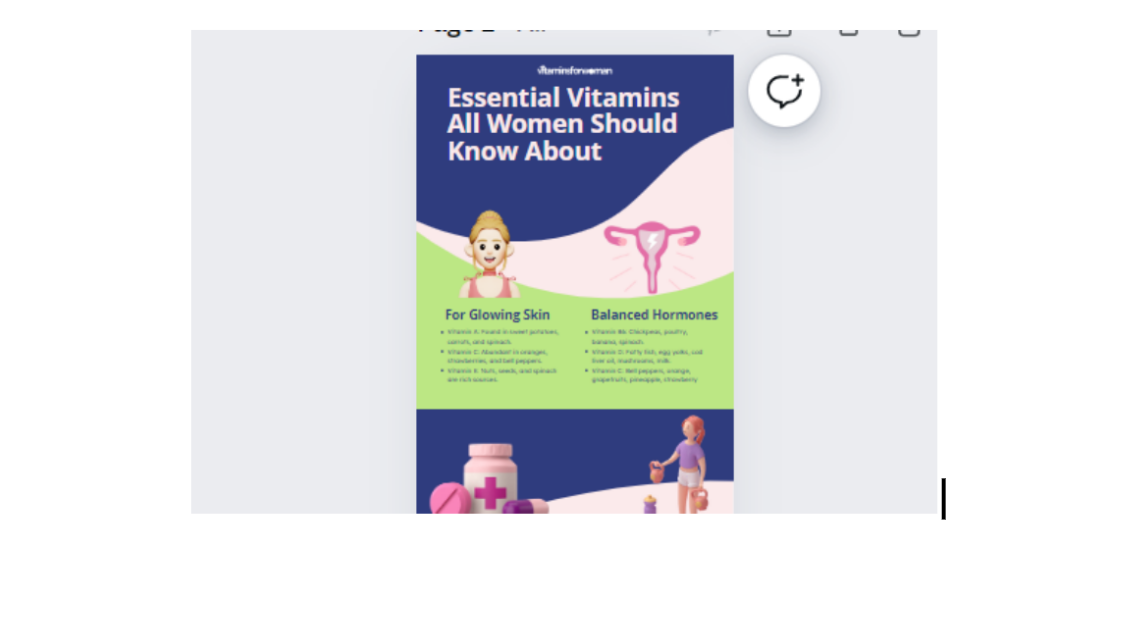
Designed Engaging Ad Creatives and Landing Page
I also made sure the visuals were eye-catching and it went with a persuasive copy that clearly communicated the value of the lead magnet.
As you can see in the picture attached
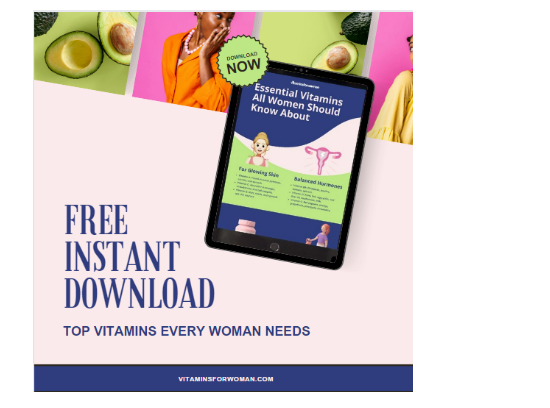
Call-to-Action (CTA):
I also made sure I used a strong CTA like “Free Instant Download” that automatically communicated to the reader that they don’t need to pay and it’s quick.
Choosing the Right Platforms
Based on my research, I decided to focus on Facebook for my social media ads. I discovered that the majority of my target audience (middle-aged working-class women) is active on the platform.
This report from Statista shows that Facebook users within my targeted age and demographic are active on the platform.
I knew that by advertising on Facebook, I could effectively reach and engage with my target audience since they’re already active and engaged.
Landing Pages
I went for a simple opt-in form and redirected to a blog post on the Vitamins for Woman website to ensure the audience was not confused about what I was telling them to do, this further simplified the process for them.
Monitoring and Optimizing Campaigns
And what results did I get using this approach?
We successfully reached and engaged our desired audience, women aged 24-45, in major cities, who were interested in the newsletter.
The Facebook ad campaign performed well, with the majority of clicks and interest coming from women between 25-34 years old, which is a sweet spot in our targeting. The highest engagement with the ad came from Lagos State which is a good location because of the potential of engagement.
I attached screenshots of the overall results for the ad.
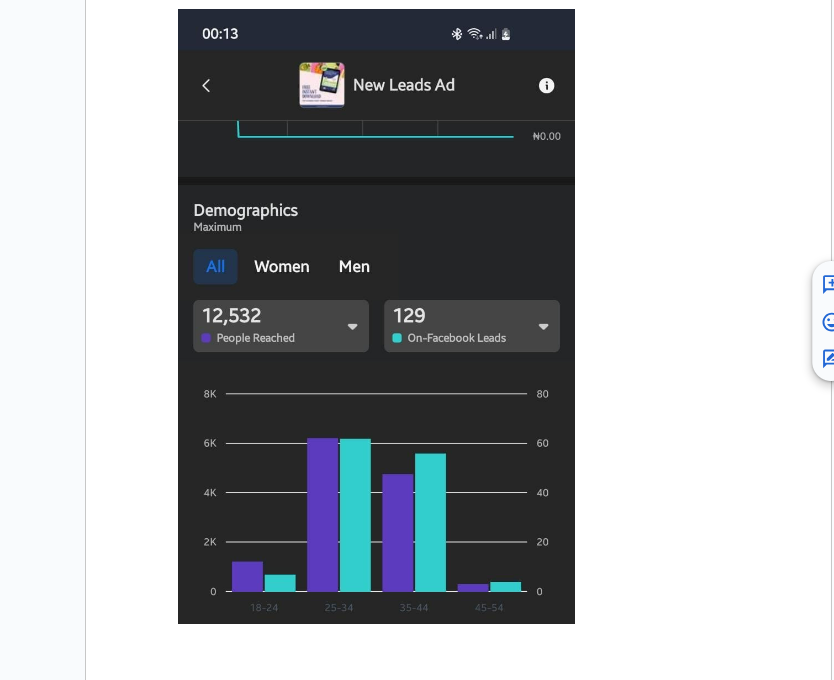
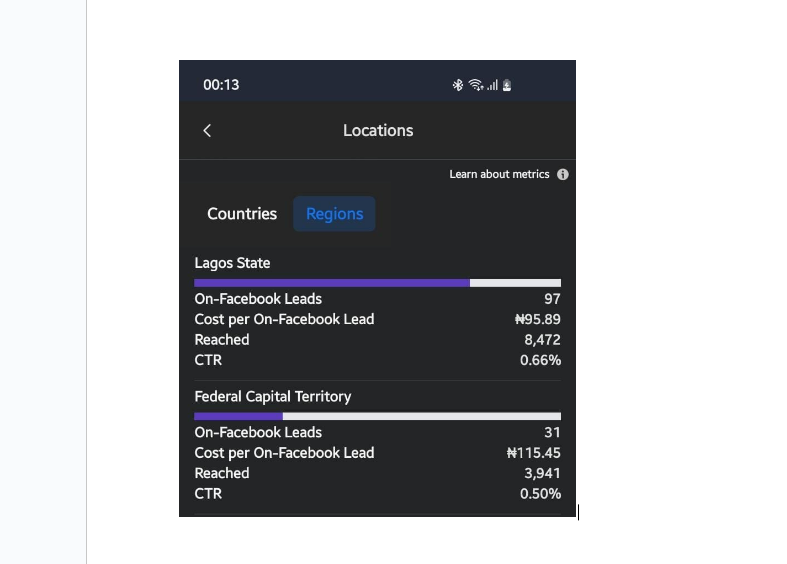
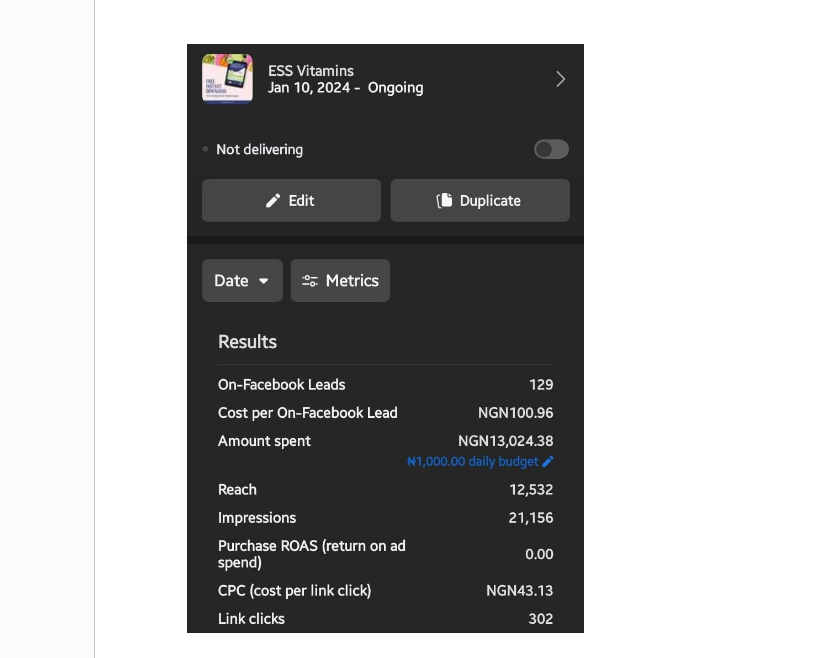
Moving on to the second approach — getting email subscribers using organic content. Here are some of the steps I took to achieve this:
Developed High-Quality Content
To reach potential email subscribers, we created a series of informative and engaging blog posts on our website. These articles covered a range of topics related to health, wellness, fitness, and nutrition providing valuable insights and tips to our readers.
The approach here is a bit different; we designed visually appealing infographics that were shared on Pinterest. These infographics presented the information in the blog article visually making it easy for our audience to digest and share.
You can see how beautiful our Pinterest board looks, this has also helped us reach a wider audience.

Leveraged Social Media
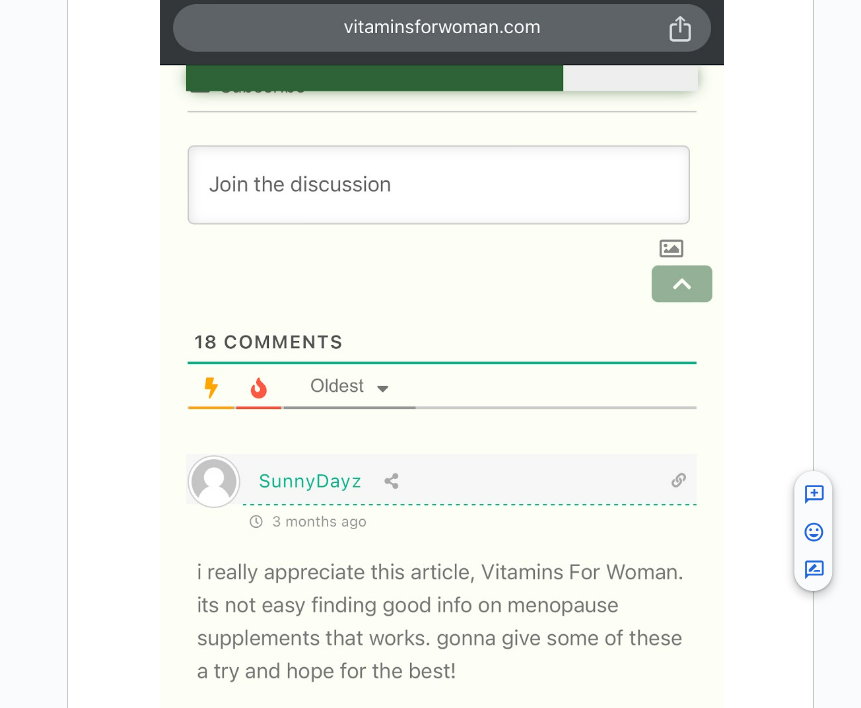
Created Email Collections Avenue
Sign-Up Forms: First, we placed sign-up forms in strategic locations. These forms appeared on our website’s homepage, blog posts, and social media profiles. This allowed every visitor to easily opt-in to our newsletter, no matter where they engaged with our content.

Pop-Ups and Banners: Then we also used pop-ups and banners on our website to encourage visitors to subscribe. They appeared at timely moments like when a visitor is about to leave our site or they have spent some amount of time on the website.
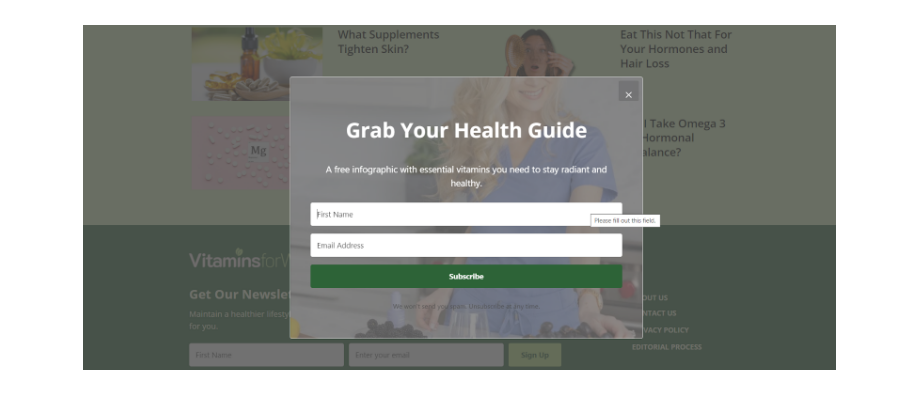
Overall we saw a remarkable 900% increase in newsletter subscribers, growing from 20 to over 200 in less than a month. We were able to create targeted content and use paid ads and other marketing strategies to attract and convert new visitors and potential people into subscribers.
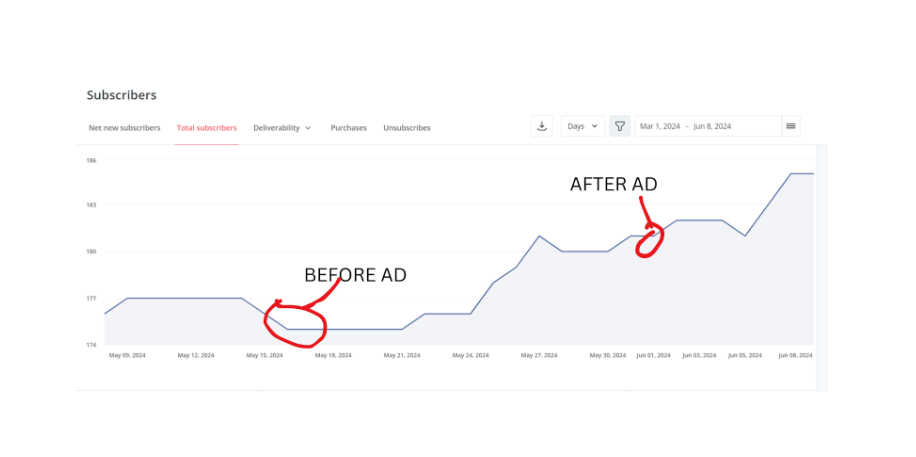
Also, our Pinterest engagement went up. In less than a month, our monthly views jumped from 2,000 to 11,000 – that’s over a 400% increase. This has also helped in more website clicks, traffic to the Vitamins for Woman’s website and email subscribers to the newsletter.
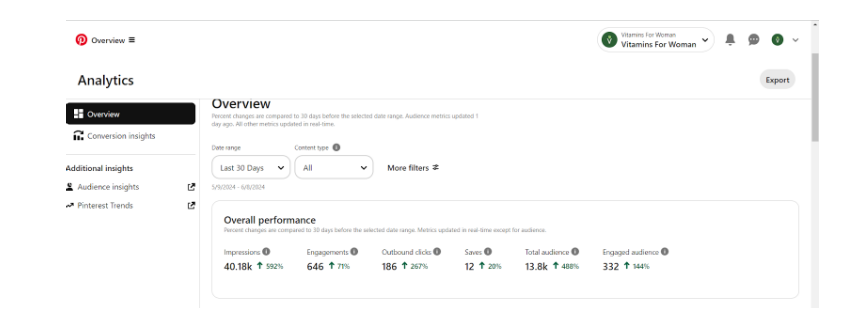
The best part of this approach is that the website pop-up that prompts visitors to sign up for the newsletter is more effective because people visiting the site from Pinterest have a higher chance of signing up.

If you want these same results for your health website leading to:
Then I’m glad to inform you that I’m here to make that happen.
For any inquiries about any of my services, please forward your requests to
All rights reserved. ©2024 MedPenpal The Writing Doctor.
Created With 